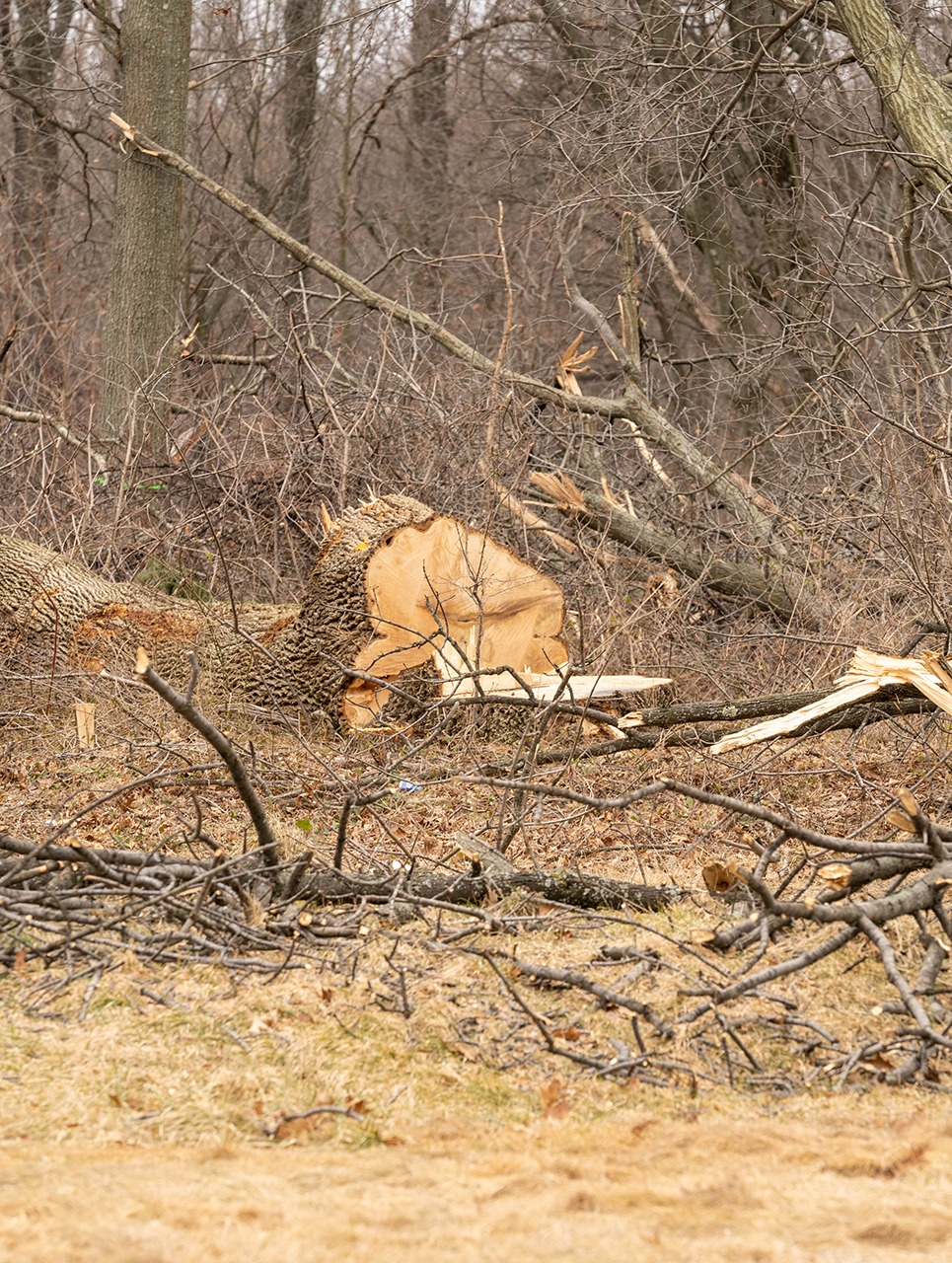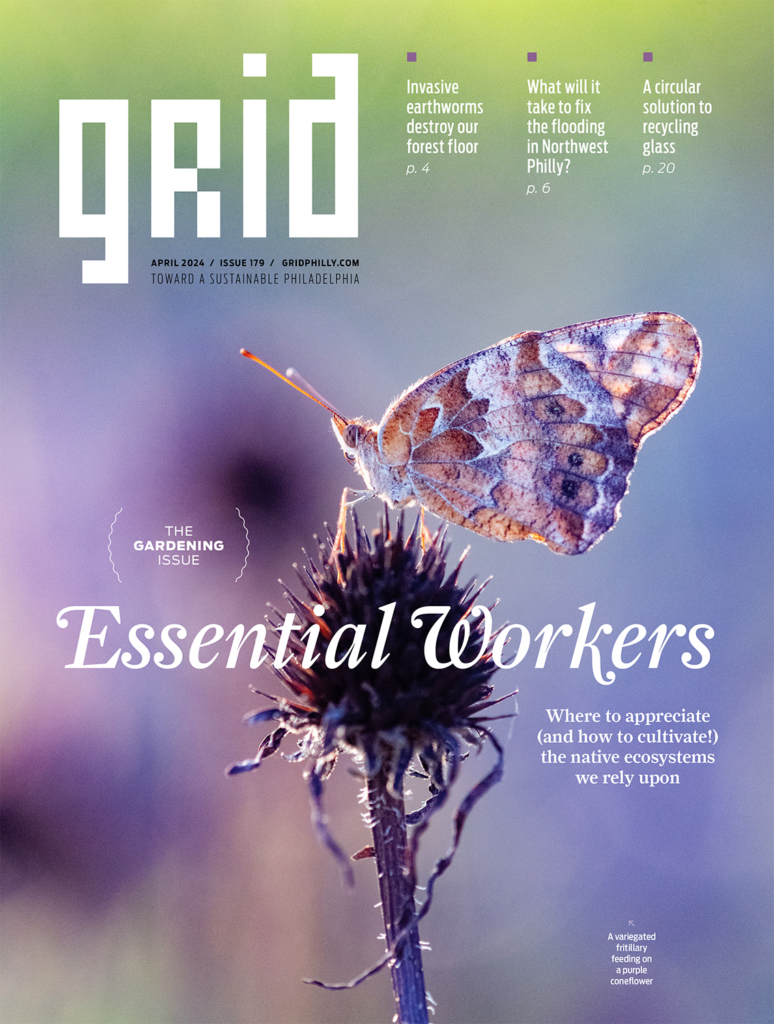The numbers bear it out: Philadelphia’s parks are severely underfunded.
The Trust for Public Land has released its annual ParkScore Index, and Philadelphia has slipped in the rankings to 32 out of the country’s 100 most populous cities, down from 19 in 2021.
The index scores city park systems in subcategories such as access, acreage, amenities, investment and equity. In 2021 Philadelphia stood out in access (portion of residents within a 10 minute walk of a park) with 94 points out of 100 but lagged in acreage (46 points) and investment (54 points).
“The city’s drop in the rankings was caused almost entirely by reduced investment,” according to a Trust for Public Land press release. “Last year, the ParkScore index reported that Philadelphia spent an above-average $112 per person on parks. This year, that number tumbled to $73, below the national ParkScore average of $98.”
Philadelphia Parks and Recreation saw a $12.5 million budget cut—20%—early in the pandemic, money that was only partially restored in the 2022 budget. Mayor Jim Kenney’s proposed Fiscal Year 2023 Budget, which would start in July 2022, asks City Council for $68.1 million, an increase of about $2.8 million over 2022 but short of the $8 million increase that parks advocates are demanding as part of the #RecItPhilly campaign.









A Few Points:
1.. DC parks are unfair to include in this list because of all their federal dollars, with which no other city can compare.
2. About half of our acreage in Philadelphia is managed as wilderness versus the mown and cared for rest of it. So all comparative costs per acre are not comparable at all.
3. Philadelphia statistics include Parks and Recreation now; are the other cites combining those costs, activities and responsibilities and are the numbers fair to compare?
4. It does seem as though Philadelphia parks are used by far more people than ever before. Are they actually overused for the wear and tear and maintenance required?
5. Are the numerous grants, trust account income, gifts, all the Friends of donations, volunteer hours, numerous concession income and the many other smaller annual sources of income included in this comparison? Probably not.
Thanks for the comment, Gardner. To answer a few of your points, DC does have an unfair advantage – I agree. Expenditures here are per resident, not per acre, so in that sense we aren’t dinged for our wilder parks. And I checked a few just now (Boston, Minneapolis, and Portland) and they also have combined parks and recreation departments. My guess is that is the most common arrangement. Yes, the private funding (including value of volunteer hours) are included in the investment metric. As for #4, judging by the system’s state of disrepair (think of all the deferred maintenance that justified Rebuild), I would say they were overused compared to investment before the pandemic, and now even more.